Drawing lessons from Sandy's wrath
The impact of Hurricane Sandy has been felt across the world, but businesses should learn lessons from nature's power.
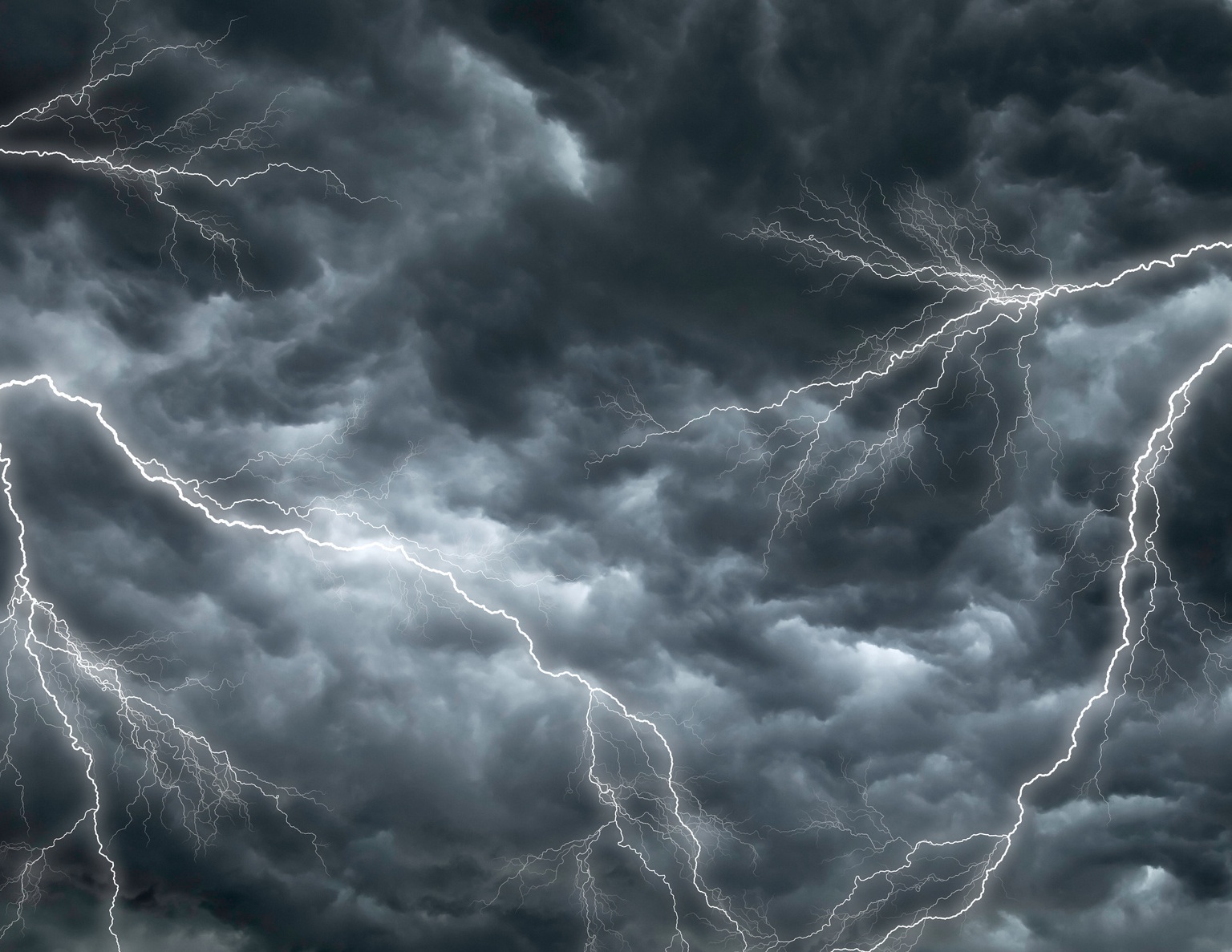
This week's images of Hurricane Sandy crashing into the eastern seaboard of the United States have been nothing short of terrifying. The storm has wreaked havoc with damage estimated at US$24bn and so far, claimed 74 lives.
This was in the world's richest nation and one where, this time at least, the authorities appear to have been well prepared. Proportionally, Caribbean nations have suffered worse: Cuba, for example, says that 200,000 homes have been damaged.
And the effects of the storm have been felt much more widely than in the US and Caribbean.
In New York, the New York Stock Exchange was forced to close and even now, sections of Manhattan are without power. The subway network is a long way off returning to normal operations.
Further afield, it will be some time before the international airline network recovers from flight cancellations. Shipping and logistics have also been disrupted. It is the loss of internet services, though, that might yet have the greatest global network.
The greater New York area is one of the world's most important concentration points for internet traffic. This nexus of networks and data centres supports businesses far beyond the US East Coast, with data centres, "carrier hotels" and internet exchanges both in New York and New Jersey; the area is home to 150 data centres, according to Datacentermap. A number of large companies, especially in financial services, have their backup and disaster recovery facilities in the New Jersey area.
The range of companies affected by flooding, and also the loss of power and connectivity, is wide. New York based news site, The Huffington Post, reports that its data centre was damaged; other companies were forced to "fail over" to datacentres elsewhere in the US, or in Europe, with those that lacked such arrangements relying on diesel generators to provide backup power.
Get the ITPro daily newsletter
Sign up today and you will receive a free copy of our Future Focus 2025 report - the leading guidance on AI, cybersecurity and other IT challenges as per 700+ senior executives
That more sites and services were not affected is again down to preparation, as well as a measure of luck. Rackspace, a large data centre provider with a number of sites on the US eastern seaboard, said that it had been planning for storm disruption for some time. Another data centre provider, Nirvanix, moved its customer data out of a potentially vulnerable New Jersey site before the storm hit.
None the less, not all businesses have escaped the impact of the storm. London staff at one international marketing services company say they have had only sporadic email access all week, as their traffic is routed through New York, and contingency arrangements appear not to have worked as intended.
Of course, it is wrong to compare losing access to a few days' emails with the loss of a home, let alone a life. But the fact that some companies have prepared for Sandy, and largely escaped disruption, while others have been caught out, is an important lesson.
It is also a lesson that has not been lost on the US authorities: government agencies there reported to be modelling data from Manhattan's power outages to see what might happen, in the event of a cyber attack on critical infrastructure. If that helps government, and business, plan for disruption in the future then some good will have come from Sandy's destruction.
- Our thoughts are with all those affected by Hurricane Sandy.
Stephen Pritchard is a contributing editor at IT Pro
-
 Cleo attack victim list grows as Hertz confirms customer data stolen
Cleo attack victim list grows as Hertz confirms customer data stolenNews Hertz has confirmed it suffered a data breach as a result of the Cleo zero-day vulnerability in late 2024, with the car rental giant warning that customer data was stolen.
By Ross Kelly
-
 Lateral moves in tech: Why leaders should support employee mobility
Lateral moves in tech: Why leaders should support employee mobilityIn-depth Encouraging staff to switch roles can have long-term benefits for skills in the tech sector
By Keri Allan
-
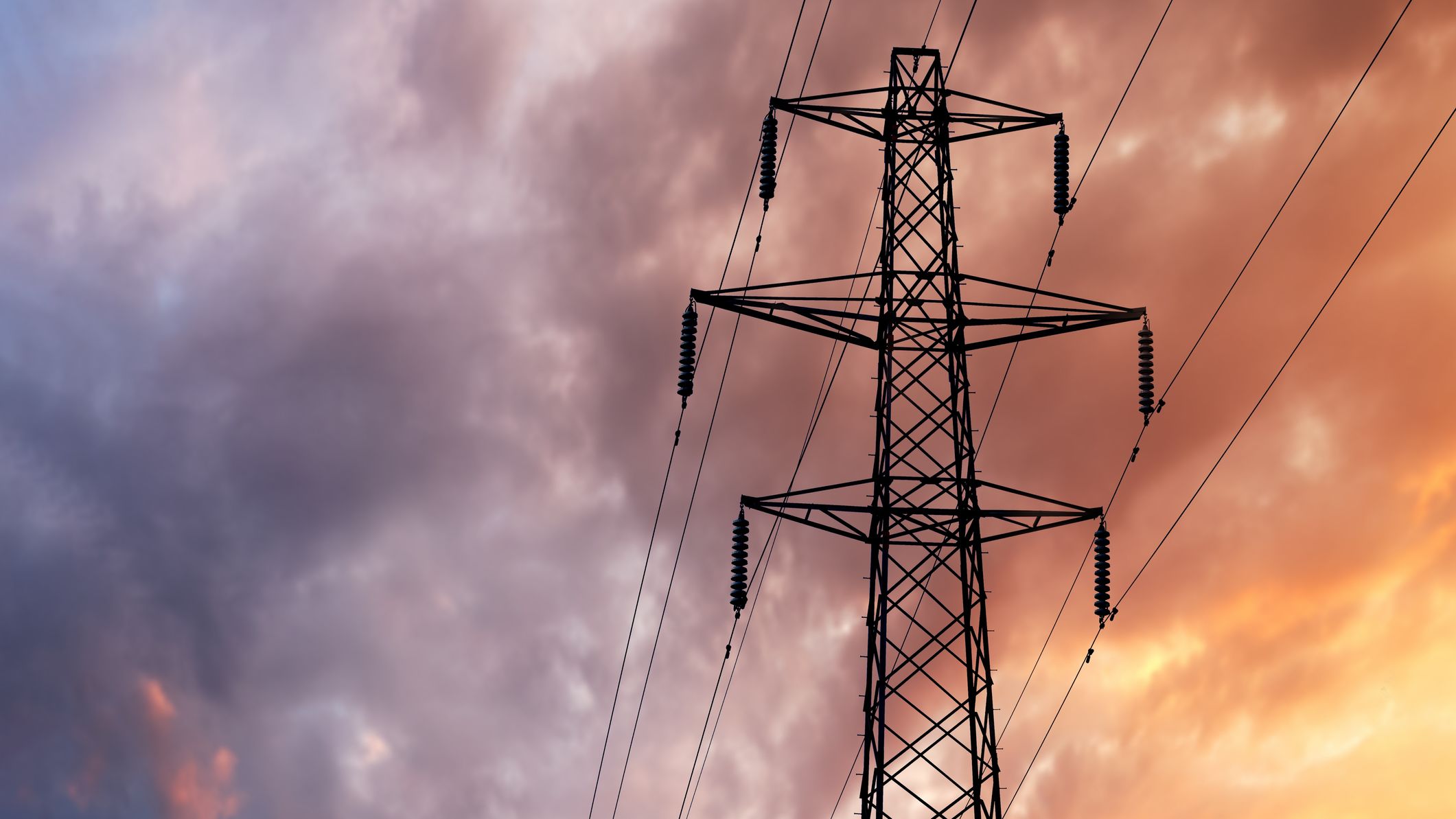 Government holds talks with data centre operators over energy blackout threat
Government holds talks with data centre operators over energy blackout threatNews One data centre operator has been preparing to switch over to diesel power in the event of a national blackout
By Zach Marzouk
-
 Re:Invent 2021: Zerto unveils its disaster recovery solution for AWS
Re:Invent 2021: Zerto unveils its disaster recovery solution for AWSNews Zerto In-Cloud for AWS automates on-premises and cloud failover, recovery, and testing workflows
By Praharsha Anand
-
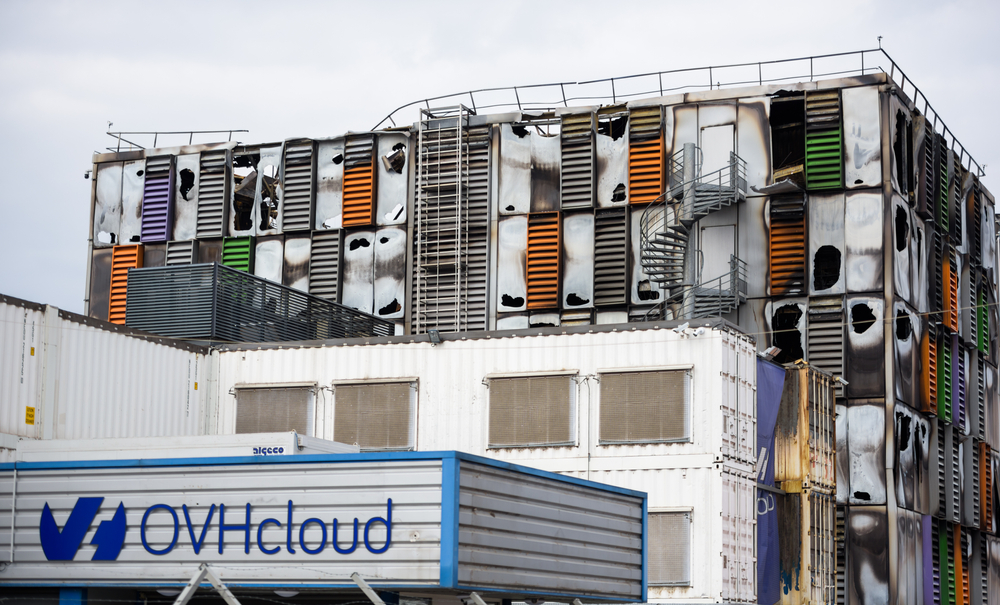 OVH data centre fire shows backups should be standard, founder says
OVH data centre fire shows backups should be standard, founder saysNews Octave Klaba suggests many customers incorrectly assumed backups were a default part of their contract
By Bobby Hellard
-
 Investigation underway into cause of OVH data centre fire
Investigation underway into cause of OVH data centre fireNews French firm urges customers across Europe to trigger disaster recovery plans
By Bobby Hellard
-
 Keep your data available with snapshot technology
Keep your data available with snapshot technologyWhitepaper Synology’s solution to your data protection problem
By ITPro
-
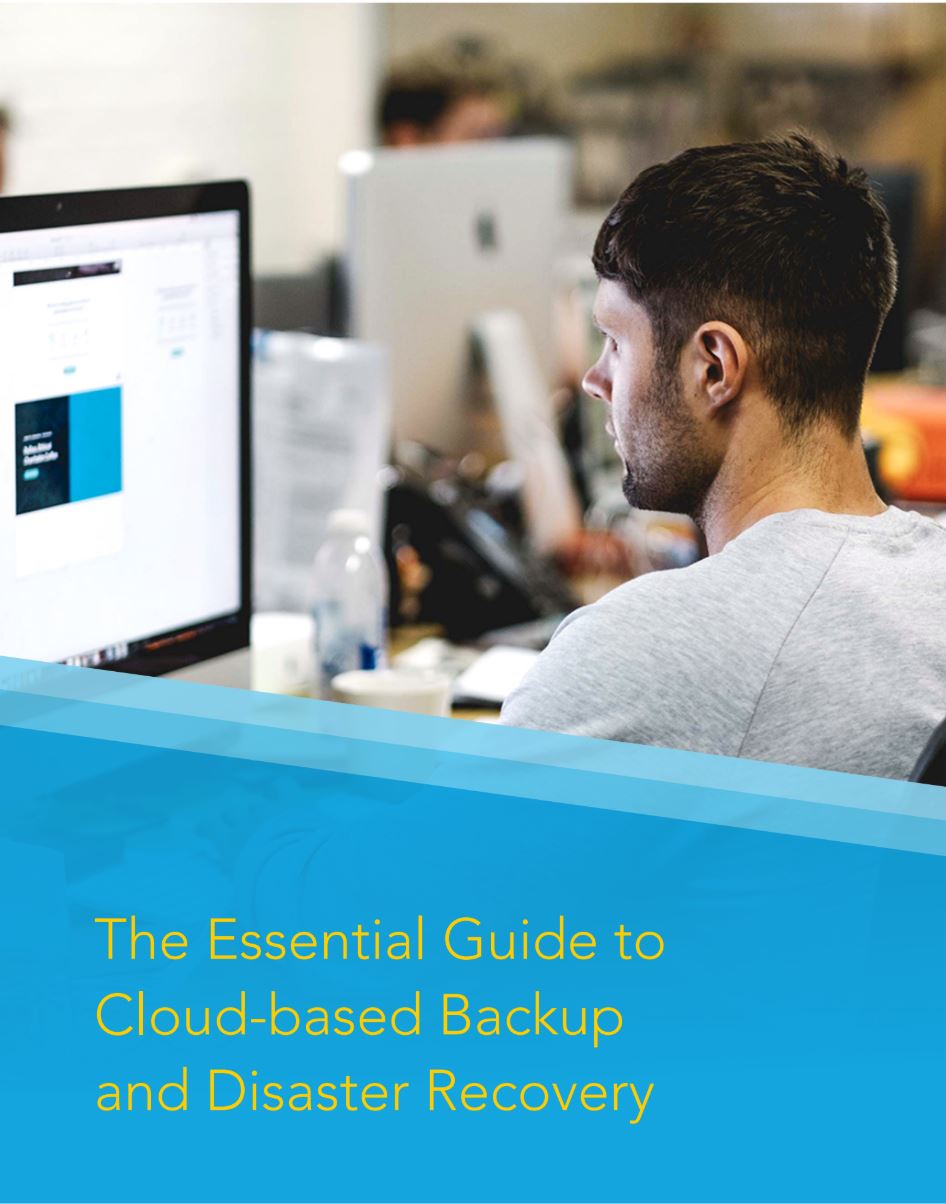 The essential guide to cloud-based backup and disaster recovery
The essential guide to cloud-based backup and disaster recoveryWhitepapers Support business continuity by building a holistic emergency plan
By ITPro
-
 What Sheryl Crow can teach us about data protection
What Sheryl Crow can teach us about data protectionOpinion The country singer’s experience offers a cautionary tale for IT admins
By Adam Shepherd
-
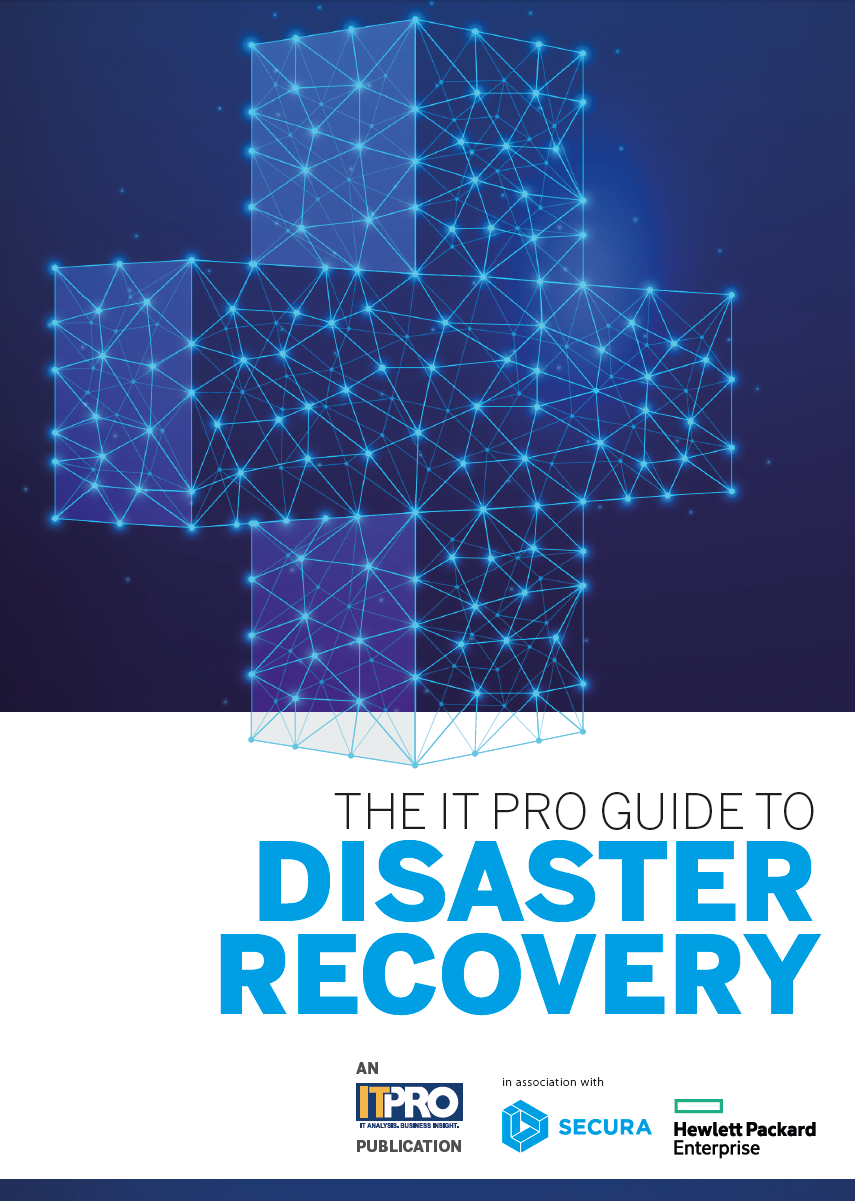 The IT Pro guide to disaster recovery
The IT Pro guide to disaster recoveryWhitepapers What will you do when disaster strikes?
By ITPro